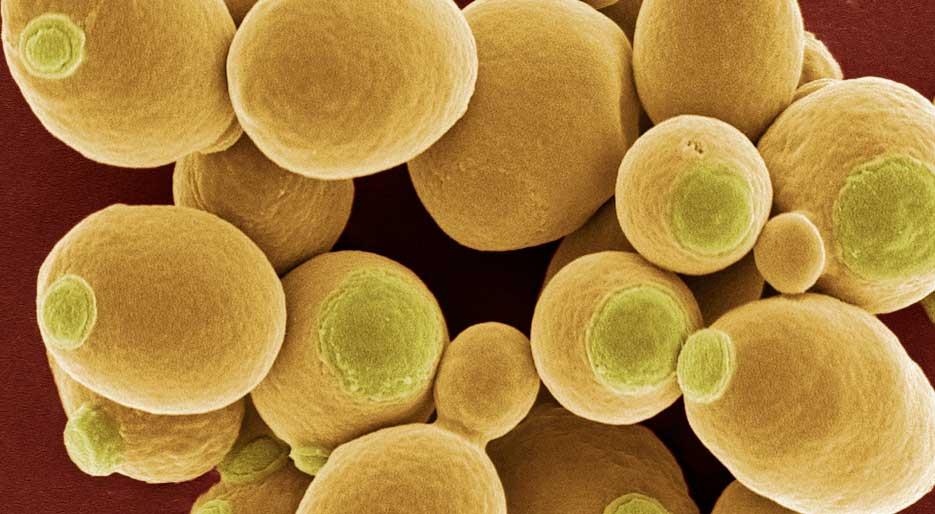Production of recombinant proteins by yeasts
Eukaryotic Expression System

Production of recombinant proteins by yeasts
Eukaryotic Expression System of yeast cells
Yeasts are monocellular eukaryotic fungi and are often used to produce recombinant proteins that are not usually produced in the prokaryotic system due to the need for folding and glycosylation. Several expression systems of yeasts have been successfully established to produce recombinant proteins. The two most known yeast expression systems are Saccharomyces cerevisiae and Pichia pastoris. These strains have many characteristics, such as resistance to heat or light, have high speeds to achieve high cell-density, and they consume abnormal sources of carbon.
Advantages
These yeast strains are genetically well known, and their genetic manipulation has been easier to generate. In addition to the benefits of simple culture medium, fast growth, and low cost, similar to bacterial cells, yeast can produce and release soluble recombinant proteins in a correct folding state to undergo post-translational modifications such as glycosylation, phosphorylation, acetylation, and acylation. The yeast expression system is the most cost-effective eukaryotic expression system for both secreting and intracellular proteins. This system is ideal for producing large amounts of recombinant eukaryotic proteins. In yeast expression systems, strains that are capable of generating stable and durable recombinant proteins would be selected, and this system produces large quantities of proteins. The use of this system also dramatically reduces costs and time.
Disadvantages
However, there are some disadvantages of using yeast as a host to express recombinant proteins. Several proteins in this system require specific chaperones to fold correctly. Primitive eukaryotes are different from their mammalian counterparts in terms of O- and N-glycosylation. In mammals, oligosaccharides are covalently attached with various sugars such as N-acetyl-galactose-amine, galactose, and sialic acid. Instead, in primitive eukaryotes such as Pichia pastoris, only mannose residue is added to the O-oligosaccharides. N-glycosylation in Pichia pastoris is different from the advanced eukaryotic cells. The addition of excess mannose residue is a common characteristic in the yeast preventing proper protein folding, which, in turn, decreases protein activity and causes safety problems. Also, yeasts are not able to mediate gamma-carboxylation in newly-synthesized proteins.
Related posts: Different types of expression systems of recombinant proteins – Recombinant protein expression in filamentous fungi